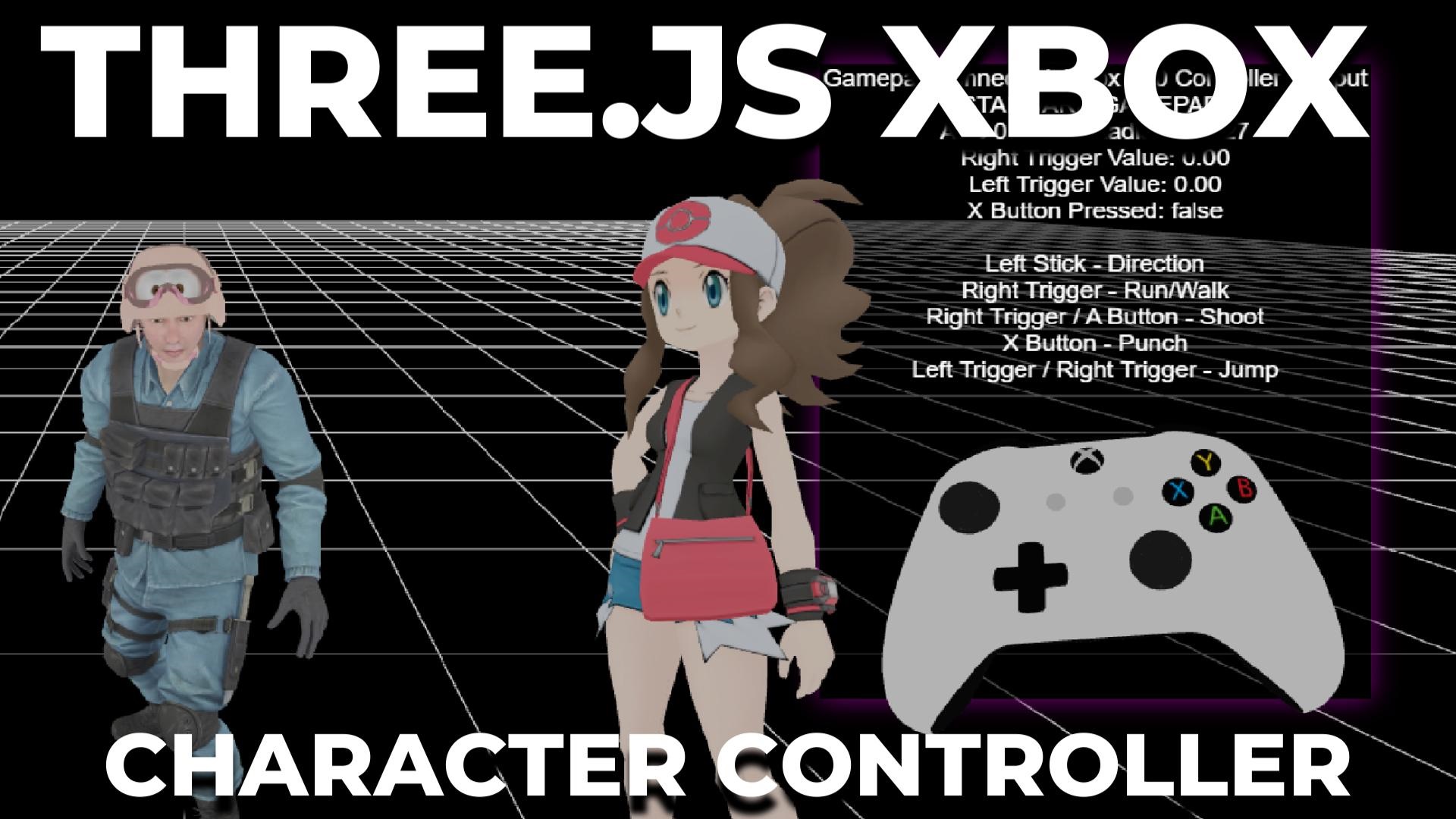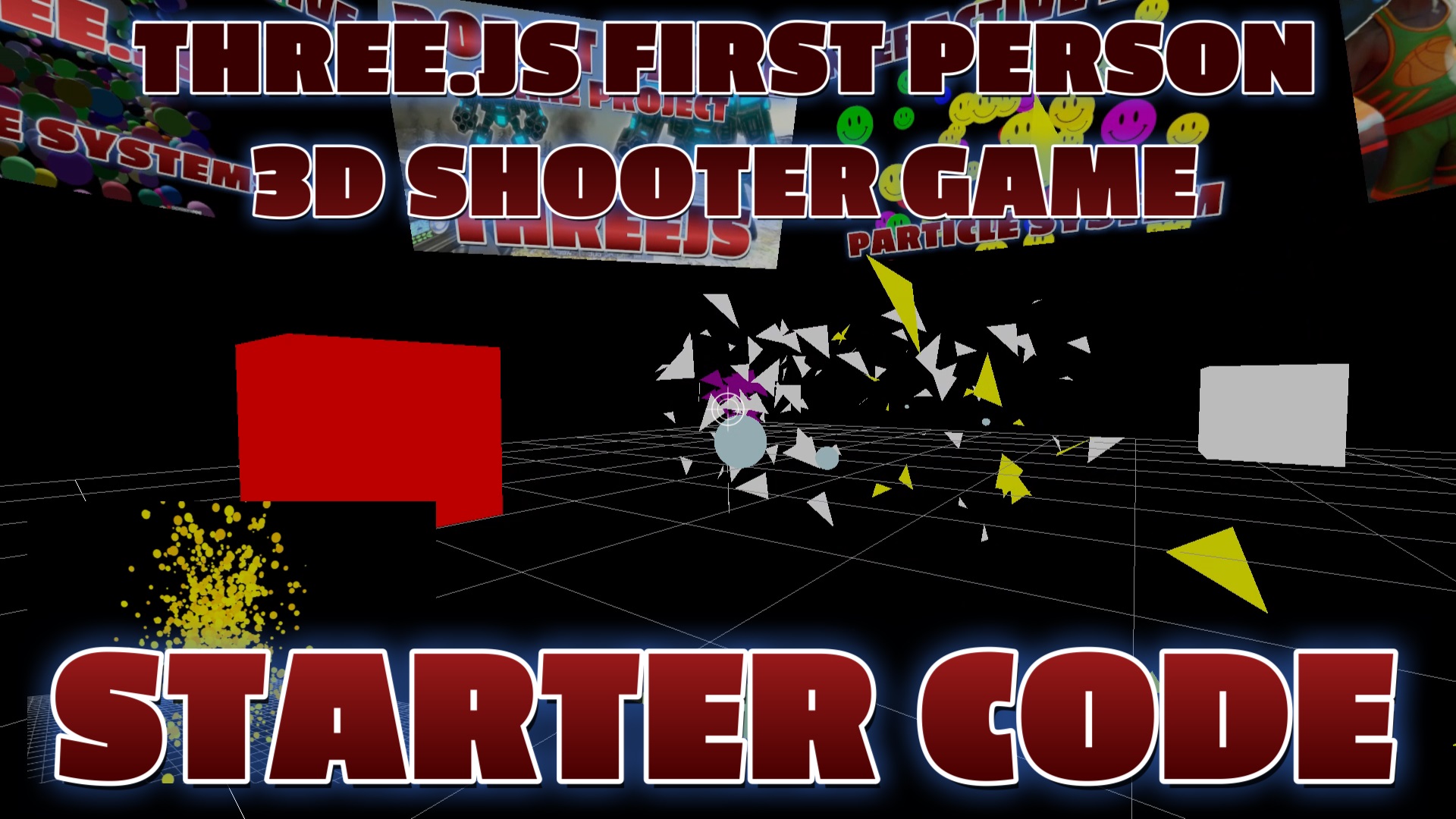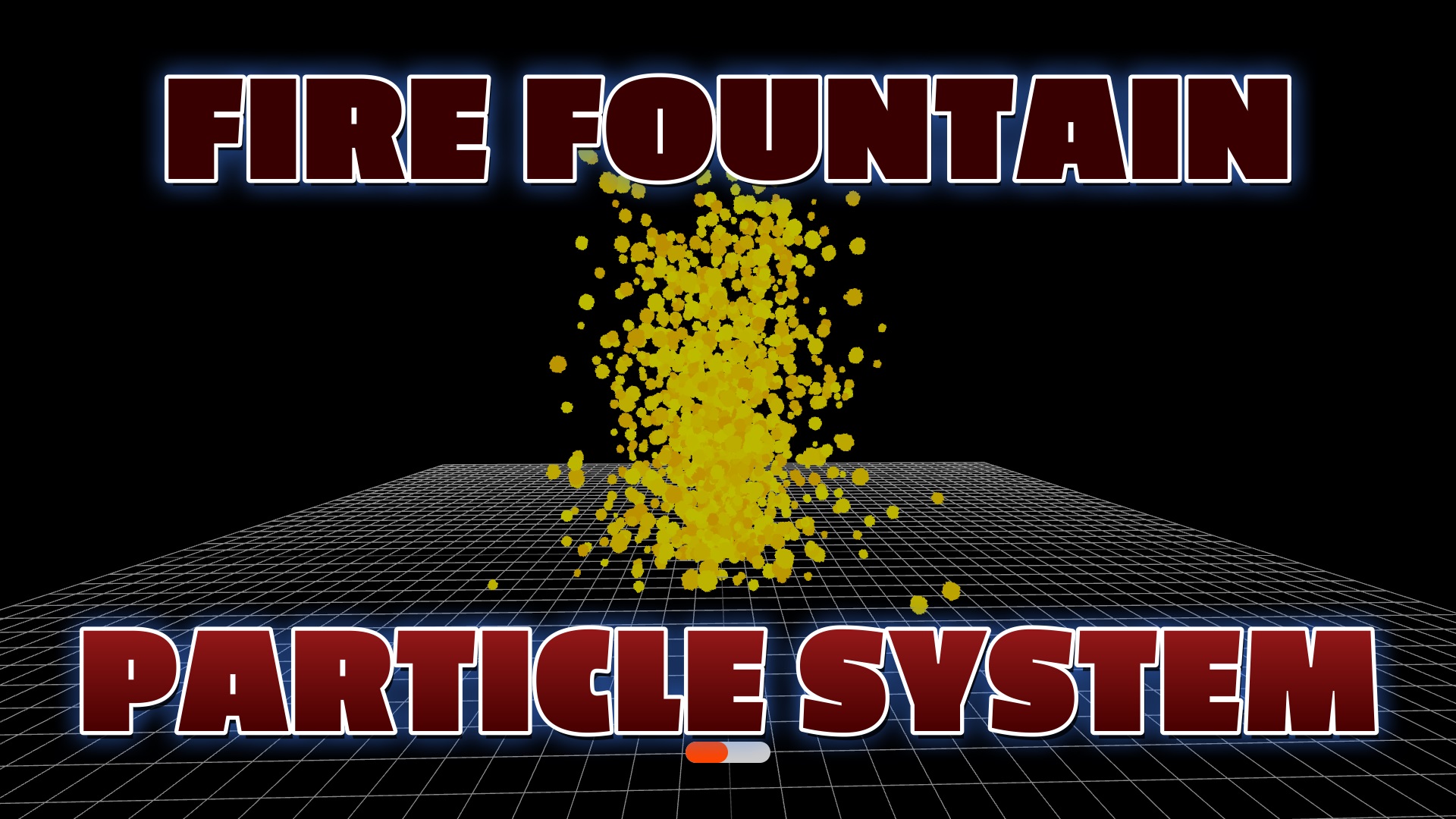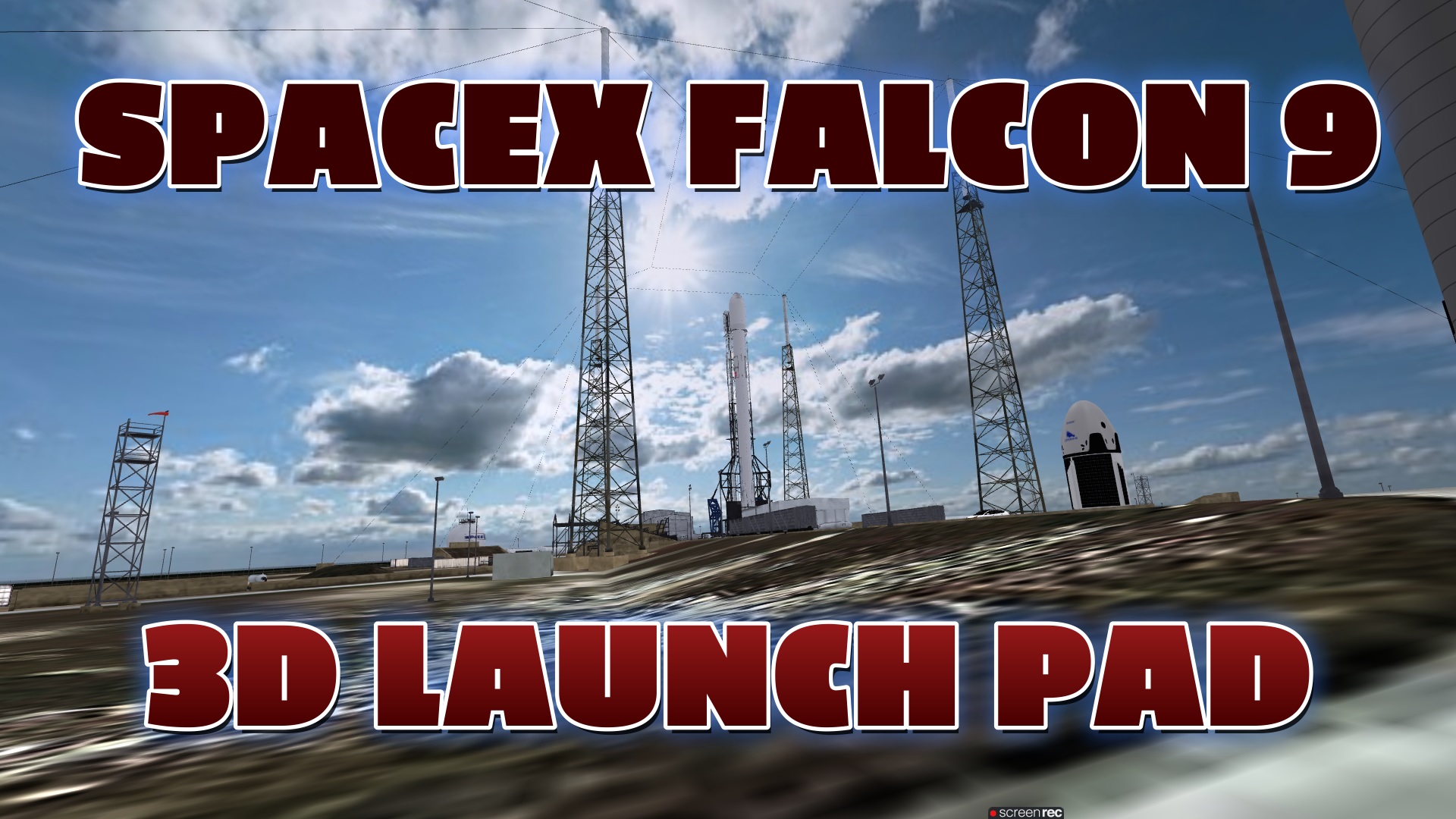Programming 3D Particle Systems
Published on
Introduction
In today's digital landscape, capturing and retaining users' attention is paramount for the success of any website. One effective way to enhance user engagement is through the implementation of Three.js Star Field 3D Effects. This technology allows websites to create immersive virtual environments that captivate visitors and provide a unique user experience.
Enhanced Visual Appeal
The use of Three.js Star Field 3D Effects adds a visually stunning element to a website. By integrating realistic star fields, galaxies, or other celestial objects, websites can instantly grab the user's attention and create a sense of wonder. The visually appealing nature of these effects keeps users engaged and encourages them to explore the website further.
Improved User Interaction
Three.js Star Field 3D Effects enable interactive elements within the virtual environment. Users can interact with objects, navigate through the starry landscape, or even trigger animations. This level of interactivity not only enhances engagement but also provides a more memorable and enjoyable user experience. By allowing users to actively participate in the website's content, Three.js Star Field 3D Effects foster a sense of connection and make the browsing experience more dynamic.
Enhanced Storytelling and Branding
The immersive nature of Three.js Star Field 3D Effects opens up opportunities for creative storytelling and effective branding. Websites can utilize the 3D environment to convey narratives, showcase products or services, or even present virtual tours. By leveraging these effects, brands can deliver their message in a more engaging and memorable way, leaving a lasting impression on the users' minds. This immersive storytelling approach can significantly enhance the brand image and drive user engagement and loyalty.
Steps for Programming Your First Star Field Particle System with Three.js
- Set up the scene, camera, and renderer.
- Initialize variables for mouse movement and target coordinates.
- Create the
initfunction to set up the scene, camera, and renderer, load the cube, handle window resizing, mouse movement, and mouse wheel events. - Create the
loadCubefunction to generate the cube with a particle system. - Create random positions and colors for the cube's triangles.
- Set up a
BufferGeometryandPointsMaterialfor the particle system. - Create a
Pointsobject using theBufferGeometryandPointsMaterial, and add it to the scene. - Create the
onWindowResizefunction to handle window resizing and update the camera and renderer. - Create the
onMouseMovefunction to handle mouse movement and update the mouse coordinates. - Create the
updateSceneRotationfunction to update the scene's rotation based on mouse movement. - Create the
animatefunction to render the scene, update the scene rotation, and rotate the planes. - Call the
initfunction to set up the scene, camera, and renderer. - Start the animation loop by calling the
animatefunction.
Conclusion
Implementing Three.js Star Field 3D Effects offers numerous advantages in enhancing user engagement on websites. The visually appealing elements, improved user interaction, and enhanced storytelling capabilities contribute to a more immersive and captivating browsing experience. By leveraging this technology, websites can differentiate themselves from the competition, leave a lasting impact on users, and ultimately achieve their goals of increasing user engagement and driving conversions.
Next Blog Post
Published June 13, 2023 How to program a simple particle System
This site contains examples of Three.js 3D FPS games and effects to help demonstrate how Three.js can be used to program interactive apps and games on a website. Contact me if you would like more information on adding 3D interactive apps to your website.
Load This GitHub Gist Code For An Instant Demo
Three.js Example Code and Projects
Recent Blog Posts & Updates
- Date - - Threejs
- Date - - Using Threejs To Develop Online 3D Browser Games
- Date - - Using Threejs Pointer Lock Controls For Online 3D Games
- Date - - The Advantages Of Creating 3D Interactive Menus And Websites Using Threejs
- Date - - Threejs Examples Exploring Interactive Visual Particle Systems
- Subscribe To My RSS Feed For Live Updates
- More Examples and Tutorials





